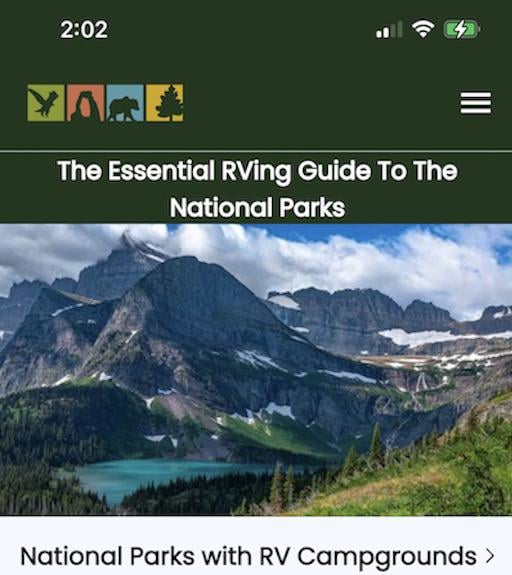
The swift recovery of three subspecies of fox at Channel Islands National Park has prompted the U.S. Fish and Wildlife Service to propose delisting the animals from Endangered Species Act protections/Patrick Cone
In what the U.S. Fish and Wildlife Service is calling "the fastest successful recovery for any Endangered Species Act-listed mammal in the United States," the agency is proposing to remove three subspecies of the island fox native to the Channel Islands from ESA protection.
The removal of the San Miguel, Santa Rosa, and Santa Cruz Island fox subspecies from the Federal List of Threatened and Endangered Wildlife would be an historic success for the multiple partners involved in recovery efforts.
The Service is also proposing to downlist, or improve the status of, island foxes on Santa Catalina Island from endangered to threatened under the ESA.
Since the island foxes were listed under the ESA in 2004, the Service and its partners have worked to eliminate or greatly reduce the primary threats facing the subspecies, namely predation, disease and low population numbers. The best available scientific data now suggests that populations of these island fox subspecies have recovered to self-sustaining levels, the FWS said in a release. To ensure that northern Channel Island fox populations remain secure well into the future, the Service is also proposing a monitoring plan.
“The remarkable recovery efforts of land managers and conservation partners over the past two decades on behalf of the Channel Island fox is the reason for this historic recovery success,” said Dan Ashe, U.S. Fish and Wildlife Service director. “The speed at which these subspecies have recovered points to the strength of the ESA in focusing conservation attention and catalyzing recovery actions, and demonstrates what we can achieve together.”
On March 5, 2004, four of the six subspecies of island fox endemic to the California Channel Islands were listed as endangered following catastrophic population declines of over 90 percent, due primarily to predation by golden eagles on the northern Channel Islands and a canine distemper outbreak on Santa Catalina Island.
To halt the downward spiral of island fox populations, the Service partnered with the National Park Service, The Nature Conservancy, and Catalina Island Conservancy to launch a series of recovery actions that included relocating non-native golden eagles from the northern Channel Islands; removing the non-native species that provided prey for the eagles; vaccinating foxes against canine distemper; and breeding foxes in captivity and reestablishing them to the wild. The recovery effort also included monitoring wild island fox populations and reestablishing bald eagles to their historic territories on the Channel Islands. As a result of these strategies, the island fox subspecies on the four islands have shown dramatic improvement.

Channel Islands fox pups and adults are not timid around campers at the Santa Rosa Island campground/Patrick Cone
In March 2015, the Service released the final Recovery Plan for the four island fox subspecies, outlining proven methods for ensuring the subspecies’ long-term viability in the wild, including a golden eagle management strategy and disease epidemic response plan. In conjunction with the release of the final Recovery Plan, the Service also initiated status reviews of the four subspecies to determine if any of the subspecies warrant consideration for reclassification or removal from the Federal List of Threatened and Endangered Wildlife and accepted public comments.
“We look forward to continuing our collaborations with land managers and conservation partners on Santa Cruz, Santa Rosa, San Miguel and Santa Catalina Islands,” said Director Ashe. “Together, we will continue to monitor island fox populations to ensure their long-term survival in the wild.”
While data suggest island fox populations on Santa Catalina have also increased to historic levels, the potential for a disease outbreak remains an existing threat. Therefore, the Service recommends the subspecies’ status be reclassified from endangered to threatened, thus retaining ESA protections.



Add comment